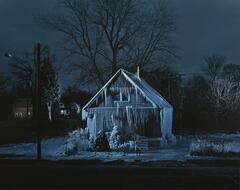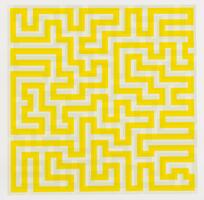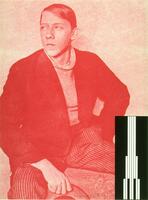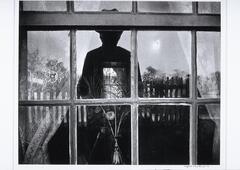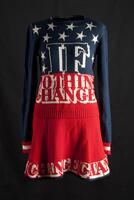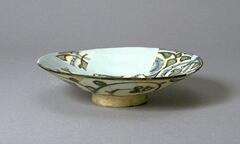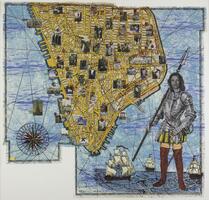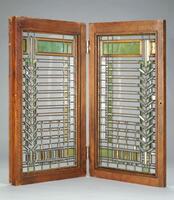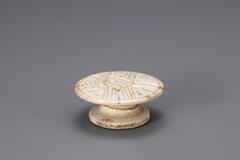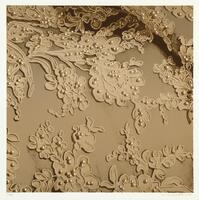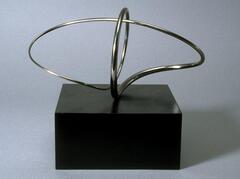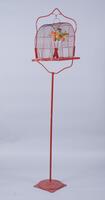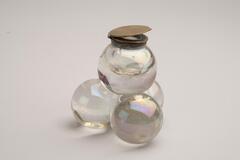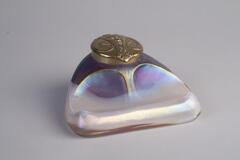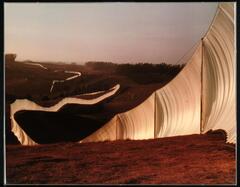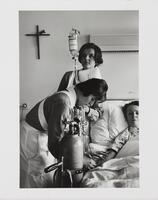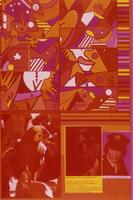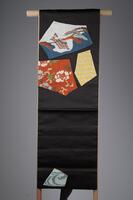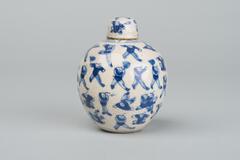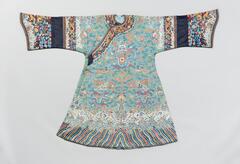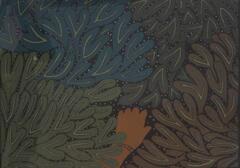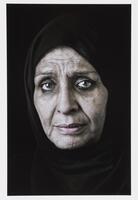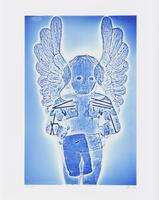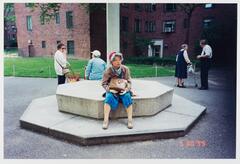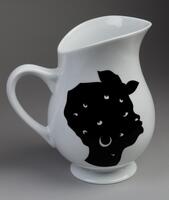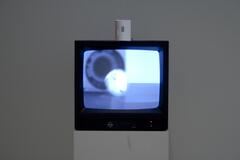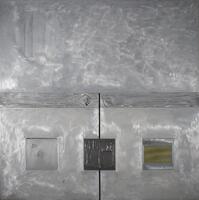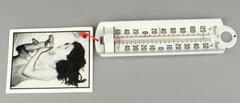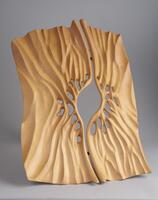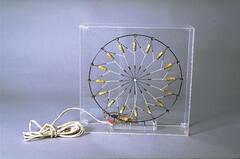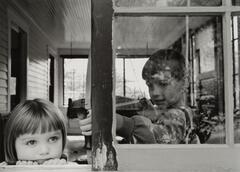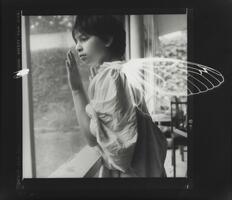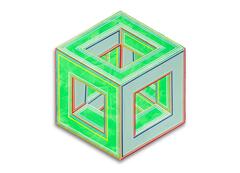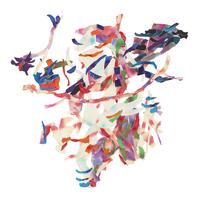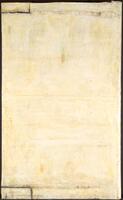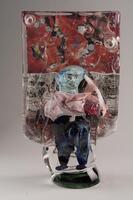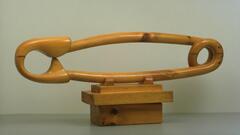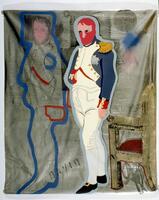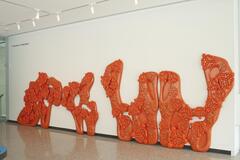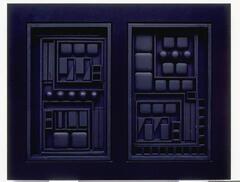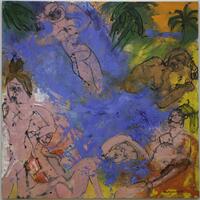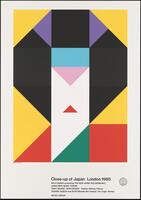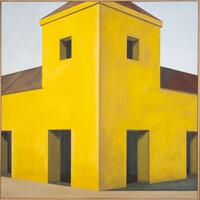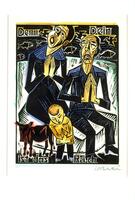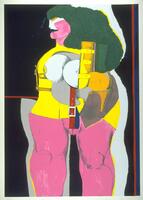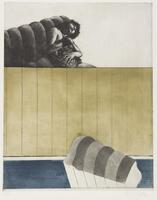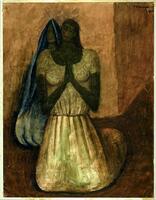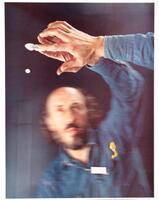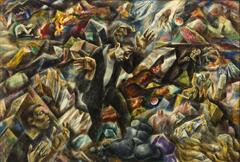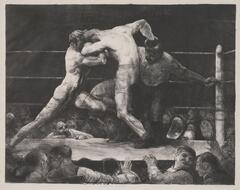Superior In-Person Experience
80 Items in this Learning Collection
Collection Object
Collection Object
Collection Object
Collection Object
Collection Object
Collection Object
Collection Object
Collection Object
Collection Object
Collection Object
Collection Object
Collection Object
Collection Object
Collection Object
Collection Object
Collection Object
Collection Object
Collection Object
Collection Object
Collection Object
Collection Object
Collection Object
Collection Object
Collection Object
Collection Object
Collection Object
Collection Object
Collection Object
Collection Object
Collection Object
Collection Object
Collection Object
Collection Object
Collection Object
Collection Object
Collection Object
Collection Object
Collection Object
Collection Object
Collection Object
Collection Object
Collection Object
Collection Object
Collection Object
Collection Object
Collection Object
Collection Object
Collection Object
Collection Object
Collection Object
Collection Object
Copyright
All Rights Reserved
()
A Monument in Rouen
Accession Number
2001/2.80
Title
A Monument in Rouen
Artist(s)
Hughie O'Donoghue
Artist Nationality
British (modern)
Object Creation Date
1999-2000
Medium & Support
oil and inkjet on gampi tissue on linen
Dimensions
109 4/5 in x 97 ⅝ in x 2 ⅛ in (278.92 cm x 247.97 cm x 5.4 cm);109 4/5 in x 97 ⅝ in x 2 ⅛ in (278.92 cm x 247.97 cm x 5.4 cm)
Credit Line
Museum purchase made possible by the W. Hawkins Ferry Fund
Label copy
March 28 2009
War, history, and memory are themes to which O’Donoghue has continually returned in his work. In this painting about the British Army’s retreat across Belgium and France in 1940, images of historical suffering and sacrifice are merged with the iconic imagery of the crucifixion of Christ. O’Donoghue’s interest in World War II has a personal dimension. His father, Daniel, fought in the Italian theater and participated in the retreat, and the words carved into the heavy paint down the left side of the painting are the names of the towns along his arduous journey. Like history itself, the painting presents us with thick layers of meaning, some apparent on the surface, some buried beneath other layers, and some made visible by the artist’s scoring, cutting, and sanding back—as if through the sediments of time. “The messages of history,” the artist has said, “come through in an intermittent way, like smoke signals that require the key of the imagination to unlock their story.”Born in England to Irish parents, Hughie O’Donoghue’s memories of time spent in the west of Ireland as a child have left him with strong cultural connections to the Irish past—a past he has embraced in a recent move from London to the more contemplative space of Co. Kilkenny in the south of Ireland. His work is characterized by an interest in figuration and abstraction. Works such as his Crucifixion series from the 1990s—examining the Passion of Christ—betray a careful study of the Old Masters such as Rembrandt, Titian, Poussin, and El Greco. O’Donoghue has commented that “One cannot work during the latter part of the 20th century and be unaware of its history, so in my work there are references to the conventions of paintings that have gone before; there is also concern with surface, with texture, and the way images emerge from the actual painted surface.” At the same time O’Donoghue is responsive to the work of twentieth-century artists whose paintings contain a high degree of psychological complexity, such as Francis Bacon and Mark Rothko.
O’Donoghue’s frustration with abstraction led to his experimentation with figurative painting, although he did not renounce abstract painting entirely, retaining components such as the large canvas size and use of strong color. His working method involves the successive application and removal of layers of paint, often inscribed by repeated scoring and sanding—a process that involves a literal return to the past. Often only a fragment of a body remains, presented as an artifact such as a religious reliquary that is resonant with meaning. The body’s seeming emergence from the ground strongly associates O’Donoghue’s work with the earth, while his deep color tones evoke elements of earth, air, fire, and water.
James Steward, "When Time Began to Rant and Rave: Figurative Painting from Twentieth-Century Ireland"
Primary Object Classification
Painting
Collection Area
Modern and Contemporary
Rights
If you are interested in using an image for a publication, please visit http://umma.umich.edu/request-image for more information and to fill out the online Image Rights and Reproductions Request Form.
Keywords
figures (representations)
land vehicles
memory
natural landscapes
oil painting (technique)
oil paintings (visual works)
2001/2.80
Title
A Monument in Rouen
Artist(s)
Hughie O'Donoghue
Artist Nationality
British (modern)
Object Creation Date
1999-2000
Medium & Support
oil and inkjet on gampi tissue on linen
Dimensions
109 4/5 in x 97 ⅝ in x 2 ⅛ in (278.92 cm x 247.97 cm x 5.4 cm);109 4/5 in x 97 ⅝ in x 2 ⅛ in (278.92 cm x 247.97 cm x 5.4 cm)
Credit Line
Museum purchase made possible by the W. Hawkins Ferry Fund
Label copy
March 28 2009
War, history, and memory are themes to which O’Donoghue has continually returned in his work. In this painting about the British Army’s retreat across Belgium and France in 1940, images of historical suffering and sacrifice are merged with the iconic imagery of the crucifixion of Christ. O’Donoghue’s interest in World War II has a personal dimension. His father, Daniel, fought in the Italian theater and participated in the retreat, and the words carved into the heavy paint down the left side of the painting are the names of the towns along his arduous journey. Like history itself, the painting presents us with thick layers of meaning, some apparent on the surface, some buried beneath other layers, and some made visible by the artist’s scoring, cutting, and sanding back—as if through the sediments of time. “The messages of history,” the artist has said, “come through in an intermittent way, like smoke signals that require the key of the imagination to unlock their story.”Born in England to Irish parents, Hughie O’Donoghue’s memories of time spent in the west of Ireland as a child have left him with strong cultural connections to the Irish past—a past he has embraced in a recent move from London to the more contemplative space of Co. Kilkenny in the south of Ireland. His work is characterized by an interest in figuration and abstraction. Works such as his Crucifixion series from the 1990s—examining the Passion of Christ—betray a careful study of the Old Masters such as Rembrandt, Titian, Poussin, and El Greco. O’Donoghue has commented that “One cannot work during the latter part of the 20th century and be unaware of its history, so in my work there are references to the conventions of paintings that have gone before; there is also concern with surface, with texture, and the way images emerge from the actual painted surface.” At the same time O’Donoghue is responsive to the work of twentieth-century artists whose paintings contain a high degree of psychological complexity, such as Francis Bacon and Mark Rothko.
O’Donoghue’s frustration with abstraction led to his experimentation with figurative painting, although he did not renounce abstract painting entirely, retaining components such as the large canvas size and use of strong color. His working method involves the successive application and removal of layers of paint, often inscribed by repeated scoring and sanding—a process that involves a literal return to the past. Often only a fragment of a body remains, presented as an artifact such as a religious reliquary that is resonant with meaning. The body’s seeming emergence from the ground strongly associates O’Donoghue’s work with the earth, while his deep color tones evoke elements of earth, air, fire, and water.
James Steward, "When Time Began to Rant and Rave: Figurative Painting from Twentieth-Century Ireland"
Primary Object Classification
Painting
Collection Area
Modern and Contemporary
Rights
If you are interested in using an image for a publication, please visit http://umma.umich.edu/request-image for more information and to fill out the online Image Rights and Reproductions Request Form.
Keywords
figures (representations)
land vehicles
memory
natural landscapes
oil painting (technique)
oil paintings (visual works)

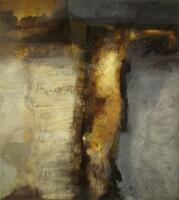
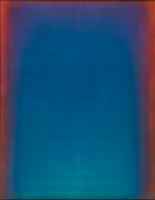

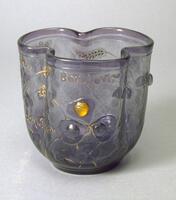
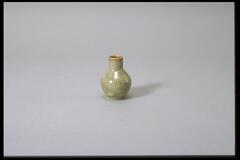
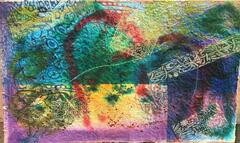
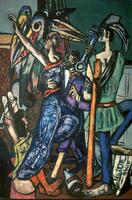
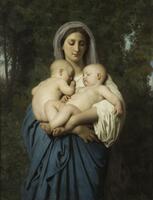

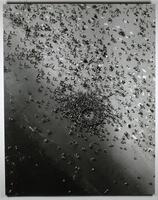

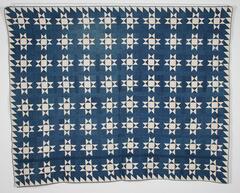
![A clear glass bubble rests on the bowl of a plain white clay pipe. Along the stem of the pipe are the words, "Ce que [sic] manque à nous tous." A clear glass bubble rests on the bowl of a plain white clay pipe. Along the stem of the pipe are the words, "Ce que [sic] manque à nous tous."](/media/W1siZiIsIjIwMjIvMDkvMjQvMmR5MHViN2o5Yl9kZWZhdWx0LmpwZyJdLFsicCIsInRodW1iIiwiMjQweDIwMCJdXQ?sha=e23a50659ff4d560)
